Description
Specifications
Display:
Size: 15.6 inches — This is a large screen, providing more space for multitasking, media consumption, and productivity work. Ideal for users who prefer a larger display for tasks such as working with spreadsheets, watching videos, or browsing.
Resolution: Likely Full HD (1920×1080). A Full HD display is standard and offers a good balance between clarity and performance for most general tasks.
Panel Type: It could be an IPS or TN panel. IPS provides better color accuracy and wider viewing angles, while TN panels are typically more budget-friendly but offer less vibrant colors and narrower viewing angles.
Processor:
Intel Core i7 (11th Gen): The 11th Gen Intel Core i7 is a high-performance processor, great for multitasking, productivity applications, light content creation, and more demanding tasks like photo/video editing or running virtual machines.
Base Clock: Around 2.8 GHz with Turbo Boost capabilities of up to 4.7 GHz. This gives you plenty of processing power for general productivity and more demanding applications.
Memory:
8GB RAM: This is an adequate amount of RAM for general tasks like web browsing, office applications, light media editing, and multitasking. If you plan to do more demanding tasks such as video editing, gaming, or running multiple virtual machines, you may want to consider upgrading to 16GB RAM for better performance.
For most users, 8GB RAM should be sufficient for daily use and productivity tasks.
Storage:
1TB HDD: A 1TB HDD provides a lot of storage space, which is great for storing documents, media, and other files. However, HDDs are slower compared to SSDs. With a hard drive, you’ll experience slower boot times and slower file access. If you need better overall performance, consider upgrading to an SSD (Solid-State Drive). An SSD would make the laptop boot up faster and applications load quicker.
Graphics:
Intel Iris Xe Graphics: The Iris Xe graphics are integrated, meaning the laptop doesn’t have a dedicated GPU. While these are better than older Intel integrated graphics, they are still limited to light gaming and general media tasks. If you need the laptop for heavy gaming, video rendering, or other graphics-intensive work, you’d be better off with a laptop that includes a dedicated graphics card.
Battery Life:
The battery life for this model is generally expected to last around 6 to 9 hours with moderate use. Tasks like web browsing, document editing, and media streaming will be less taxing on the battery, while gaming or video editing will consume more power and reduce battery life.
Build Quality:
The IdeaPad series tends to have a more plastic construction that’s durable but not as premium as Lenovo’s higher-end series like the ThinkPad. The build quality is good for everyday tasks but it’s not designed for heavy-duty, rugged use.
The keyboard will likely be full-size, comfortable for typing, but may lack some of the more premium features found in Lenovo’s business-focused models.
Ports & Connectivity:
USB-C: For data transfer and charging.
USB-A: For connecting peripherals like a mouse or keyboard.
HDMI: For connecting to external monitors or projectors.
RJ45 Ethernet: For wired network connections.
Wi-Fi 6: For fast and reliable wireless connections.
Bluetooth 5.0: For connecting wireless devices like headphones, mice, etc.
Operating System:
Likely comes with Windows 10 or Windows 11 pre-installed, which includes all the latest features and security updates.
Pros of this Configuration:
11th Gen Intel Core i7: This is a powerful processor, ideal for handling multitasking, media consumption, light content creation, and productivity applications.
1TB Storage: Ample space for storing documents, photos, music, videos, and other large files.
Iris Xe Graphics: Improved integrated graphics over older Intel solutions, suitable for light gaming and media tasks.
Large 15.6-inch Screen: Ideal for productivity, multitasking, and viewing multiple windows at once, as well as for entertainment (movies, TV shows, etc.).
Wi-Fi 6: Offers faster, more reliable wireless connectivity for online activities, especially if you’re in an area with strong Wi-Fi 6 support.
Potential Downsides:
HDD Storage: While 1TB HDD offers plenty of space, it’s slower than an SSD. If you prioritize speed, an SSD upgrade would significantly improve boot time, app load times, and overall system performance.
Integrated Graphics: Intel Iris Xe graphics are fine for basic tasks, but they aren’t ideal for gaming or heavy video editing. For graphics-intensive work, a dedicated GPU would be preferable.
Build Quality: The plastic construction and less premium design may not be as robust or durable as higher-end models in Lenovo’s lineup.

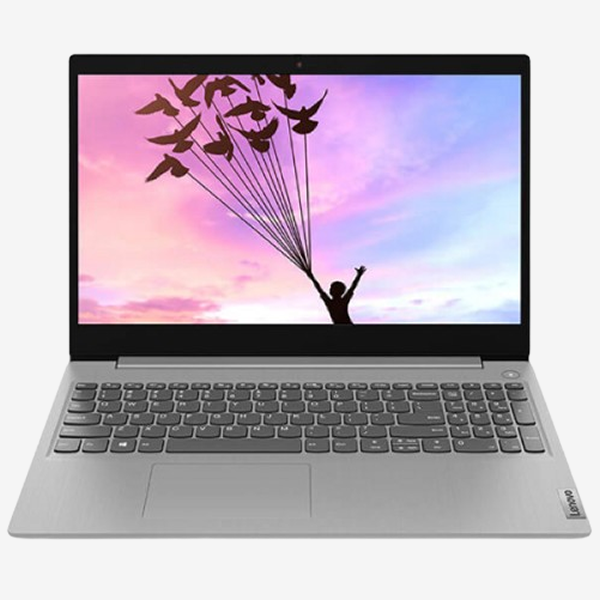
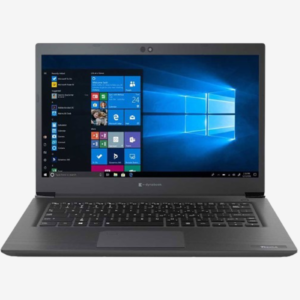
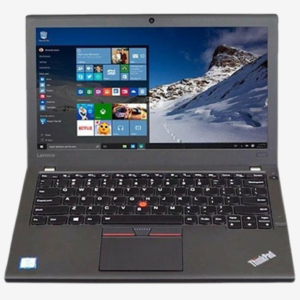
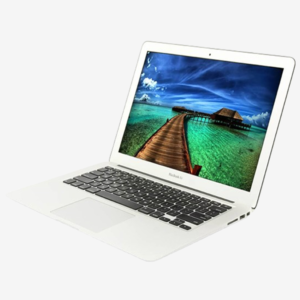
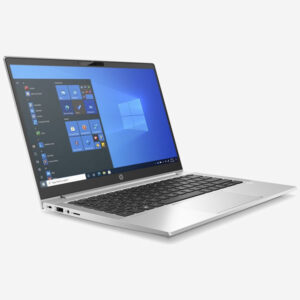

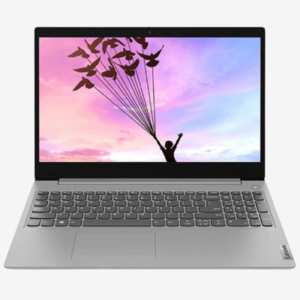
Reviews
There are no reviews yet.